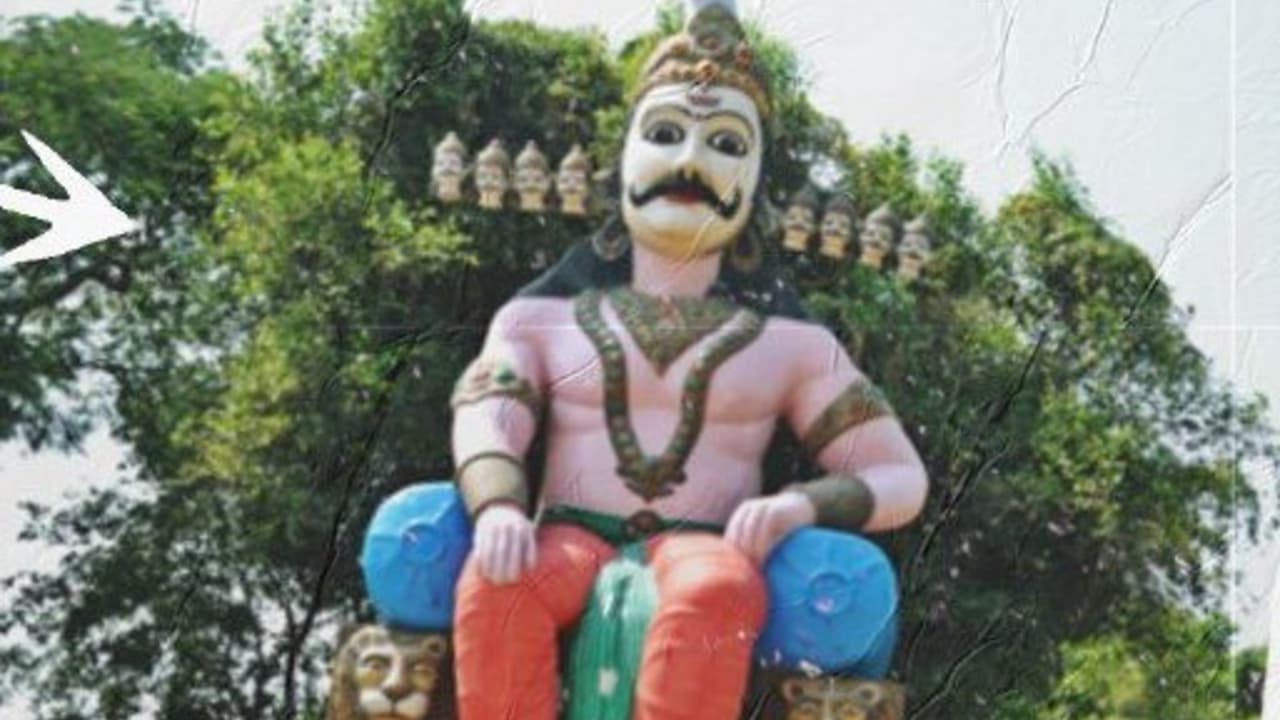Mandsaur Ravan Tradition: The tradition of Dussehra in Mandsaur, Madhya Pradesh is different-Women worship in the veil in the morning and slaughter it at night. Why is this 210 year old mysterious tradition played?
Mandsaur dussehra celebration: As soon as the name of Dussehra comes, the first picture comes to the mind – of the combustion of Ravana. The effigy of Ravana is burnt as a symbol of the victory of religion over unrighteousness throughout the country. But do you know that there is such a unique tradition in Mandsaur district of Madhya Pradesh where Ravana is worshiped during the day and his slaughter in the evening? This tradition has been playing for more than 210 years.
Why is Ravana considered son -in -law of Mandsaur?
The story is associated with Ravana’s wife Mandodari. It is believed that Mandodari’s maternal uncle is Mandsaur (whose old name was Dashpur). Therefore, people here consider Ravana as their son -in -law. The Namdev hidden society of Mandsaur sees Ravana with respect. Women worship him with the status of son -in -law and go to the veil in front of his statue.
Why do women worship Ravana in the veil?
Here on the morning of Dussehra, women go in front of the statue of Ravana by putting a veil. She ties Lachha at her feet and pray for health and wishes. It is believed that doing so gives relief from diseases and the family remains happy. But this honor remains only for the day, because it is killed in the evening.
Why is the slaughter done in the evening after worship?
In Mandsaur, he is worshiped by remembering the goodness of Ravana during the day-his scholarship and Shiva Bhakti. But in the evening, he is symbolized by remembering his ego and unrighteousness like Sita Haran. The difference is that Ravana’s effigy is not burnt here. The message behind this tradition is – “No matter how big good is, there is definitely an end to evil.”
What is the specialty of Ravana statue of Mandsaur?
Mandsaur also has a giant statue of Ravana, which is worshiped throughout the year. It is said that the special thing in this statue is that 9 heads have been made instead of 10 ends of Ravana and the donkey’s head has been put above. This symbol is the corruption of the intellect and the collapse of the ego.
Why this tradition remains mysterious even today?
In the whole country, where Ravana is burnt on Dussehra, the tradition of Mandsaur still finds people mysterious. The question arises this-is goodness hidden with any evil? Perhaps this is the reason why people here worship Ravana and slaughter, so that the message of balance between good and evil will continue to get a message.
